Zircon
Zircon’s fire, brilliance, and beauty can rival any gem. The affordability of its vibrant greens, sky blues, and pleasing earth tones contributes to its growing popularity today.
Once considered a diamond alternative, today we know that natural zircons are in fact the most ancient materials on Earth, holding within their brilliant depths a time capsule of our planet’s birth.
A tiny fragment of zircon discovered in Western Australia is the oldest known object on earth: 4.404 billion years old. Earth itself formed less than 150 million years earlier.
An even older example was found in a large meteorite in Chile. The oldest thing scientists have ever examined, that zircon formed at least 4.6 billion years ago in the swirling disk of dust and rocks that became the planets.
Although diamonds are harder than zircons, they are quite young in comparison: a mere 3.3 billion years old.
Zircon contains its own internal atomic clock. Its crystal accumulates atoms of uranium, which decay to lead at a known rate. By measuring the relative abundance of two types of uranium and lead in a zircon, geologists can determine old it is. Zircon is also incredibly durable. It remains unscathed while other rocks and minerals melt and re-form under the tremendous heat and pressure of continental shifts, mountain-building, and violent asteroid impacts.
In the middle ages, zircon was said to aid sleep, bring prosperity, and promote honour and wisdom in its owner. The name probably comes from the Persian word zargun which means “gold-colored.”
Today, natural zircon is often overlooked because cubic zirconia, the laboratory-grown diamond imitation, is so much more common. Many people don’t even realize that there is a beautiful natural gemstone called zircon.
Note the strong double refraction
Cubic zirconia is a man-made compound of zirconium, oxygen and yttrium, which was discovered in 1937. It lacks the silicon of a true zircon, and is, of course, very much younger.
Zircon is mined in Cambodia, Sri Lanka, Vietnam, Thailand, and other countries. Because it can be colourless, green, blue, yellow, brown, orange, dark red, and all the colours in between, it is a popular gem for connoisseurs who collect different colours or zircon from different localities.
Zircon jewellery should be stored carefully because although this ancient gem is hard, facets can abrade and chip. Clean with mild dish soap: use a toothbrush to scrub behind the stone where dust can collect.
Natural Zircon Gemstone & The Matura Diamond
Zircon is an important gemstone of many colors, and is an historical gemstone used for thousands of years. It is sometimes looked upon as a cheap Diamond simulant, but in actuality it can be a valuable gem. Its color diversity is caused by traces of certain impurities, some of which are radioactive. Zircon gemstones containing radioactive element traces undergo a process called metamiction, in which their inner crystal structure becomes destroyed. These radioactive forms of Zircon must be heated to stabilize them for use as gems. In fact, many of the gem forms of zircon (even those that are not radioactive) are heat treated to enhance color and increase transparency. The radioactivity in Zircon gemstones is very minimal and is generally believed to be safe, without posing any health hazards.
Zircon is a very brilliant stone because of high refractive index. It is also very hard and well suited for a wide range of jewelry uses. Zircon may be heated or irradiated to enhance color.Interestingly, if the blue gem reverts to brown as a result of exposure to the elements, it can be returned to its blue color by subjecting it to additional heat treatments.
Hindu poets tell of the Kalpa Tree, the ultimate gift to the gods, a glowing tree covered in gemstone fruit with leaves of zircon. Zircon has long played a supporting role to more well-known gemstones, often stepping in as an understudy when they were unavailable.
In the middle ages, zircon was said to aid sleep, bring prosperity, and promote honour and wisdom in its owner. The name probably comes from the Persian word ‘zargun’, which means ‘gold-coloured’, although zircon comes in a wide range of different colours.
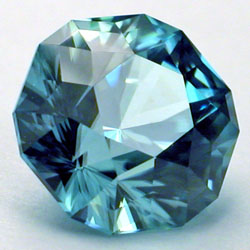 Natural zircon today suffers on account of the similarity of its name to cubic zirconia, the laboratory-grown diamond imitation. Many people are unaware that there is a beautiful natural gemstone called zircon.
Natural zircon today suffers on account of the similarity of its name to cubic zirconia, the laboratory-grown diamond imitation. Many people are unaware that there is a beautiful natural gemstone called zircon.
Zircon occurs in a wide range of colours, but for many years the most popular was the colourless variety, which looks more like diamond than any other natural stone because of its brilliance and dispersion.
Zircon is mined in Cambodia, Sri Lanka, Thailand, Myanmar, Australia, and other countries.Zircon is one of the heaviest gemstones, which means that it will look smaller than other varieties of the same weight. Zircon jewellery should be stored carefully because although it is relatively hard, zircon can suffer from abrasion and the facets can be chipped. Dealers often wrap zircons in individual twists of paper so that they will not knock against each other in a parcel.
The wide variety of colours of zircon, its rarity, and its relatively low cost make it a popular collector’s stone. Collectors enjoy the search for all possible colours and variations Note the strong double refraction
Zircon (pronounced including hyacinth or yellow zircon) is a mineral belonging to the group of nesosilicates. Its chemical name is zirconium silicate and its corresponding chemical formula is ZrSiO4. A common empirical formula showing some of the range of substitution in zircon is (Zr1–y, REEy)(SiO4)1–x(OH)4x–y. Zircon forms in silicate melts with concentrated incompatible elements and accepts high field strength elements into its structure. For example, hafnium is almost always present in quantities ranging from 1 to 4%. The crystal structure of zircon is tetragonal crystal system. The natural color of zircon varies between colorless, yellow-golden, red, brown, blue, and green. Colorless specimens that show gem quality are a popular substitute for diamond; these specimens are also known as “Matura diamond”.
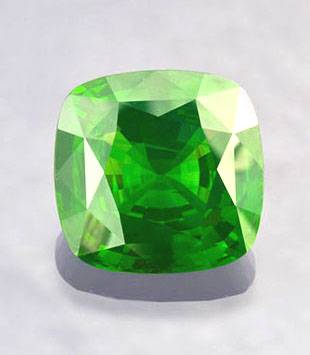
Diamond
Rich Chamapgne Hyacinth
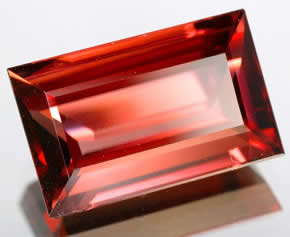
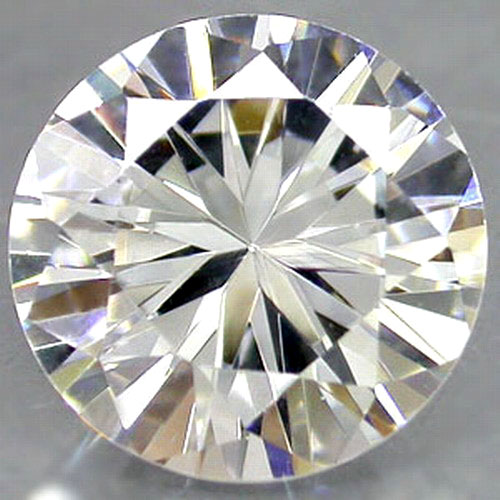
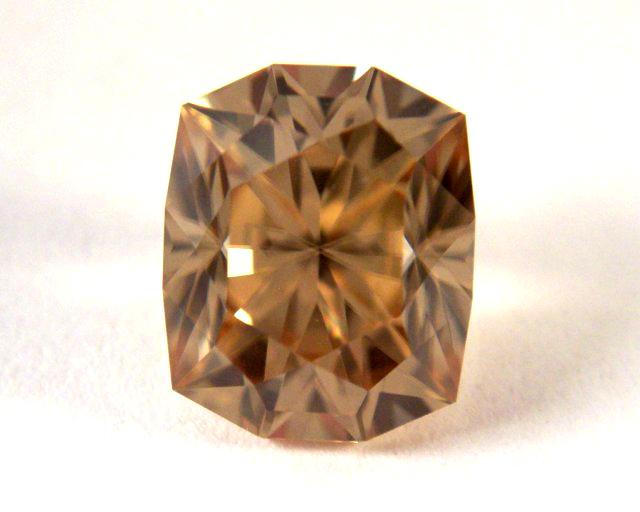
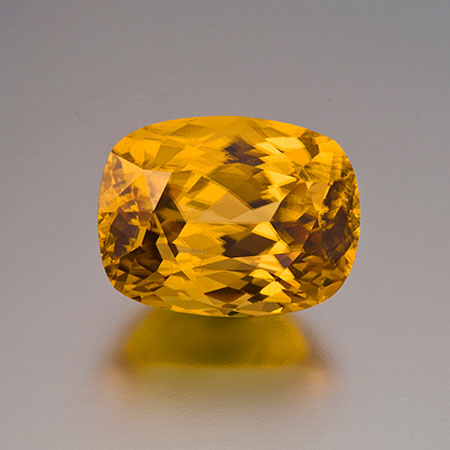
Canary Yellows
Rare Red
Matura

